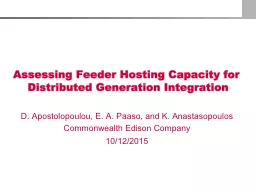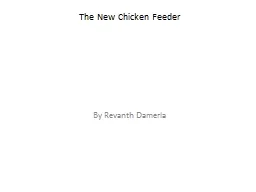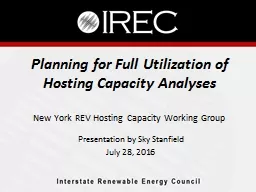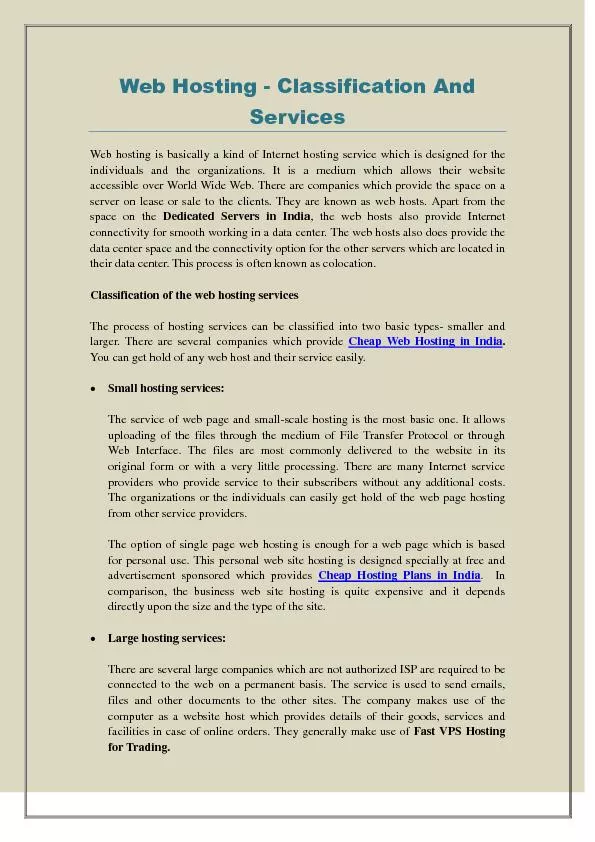PPT-Assessing Feeder Hosting Capacity for Distributed Generation Integration
Author : stefany-barnette | Published Date : 2018-03-10
D Apostolopoulou E A Paaso and K Anastasopoulos Commonwealth Edison Company 10122015 What has been done A stochastic framework to analyze Distributed Generation
Presentation Embed Code
Download Presentation
Download Presentation The PPT/PDF document "Assessing Feeder Hosting Capacity for Di..." is the property of its rightful owner. Permission is granted to download and print the materials on this website for personal, non-commercial use only, and to display it on your personal computer provided you do not modify the materials and that you retain all copyright notices contained in the materials. By downloading content from our website, you accept the terms of this agreement.
Assessing Feeder Hosting Capacity for Distributed Generation Integration: Transcript
Download Rules Of Document
"Assessing Feeder Hosting Capacity for Distributed Generation Integration"The content belongs to its owner. You may download and print it for personal use, without modification, and keep all copyright notices. By downloading, you agree to these terms.
Related Documents














